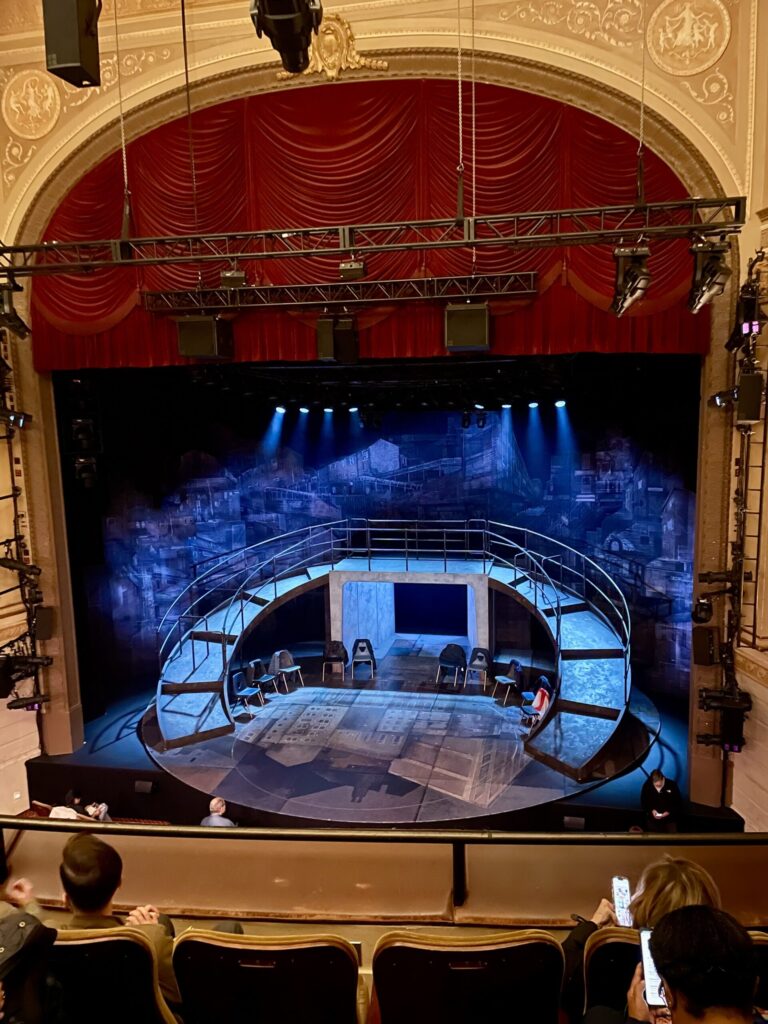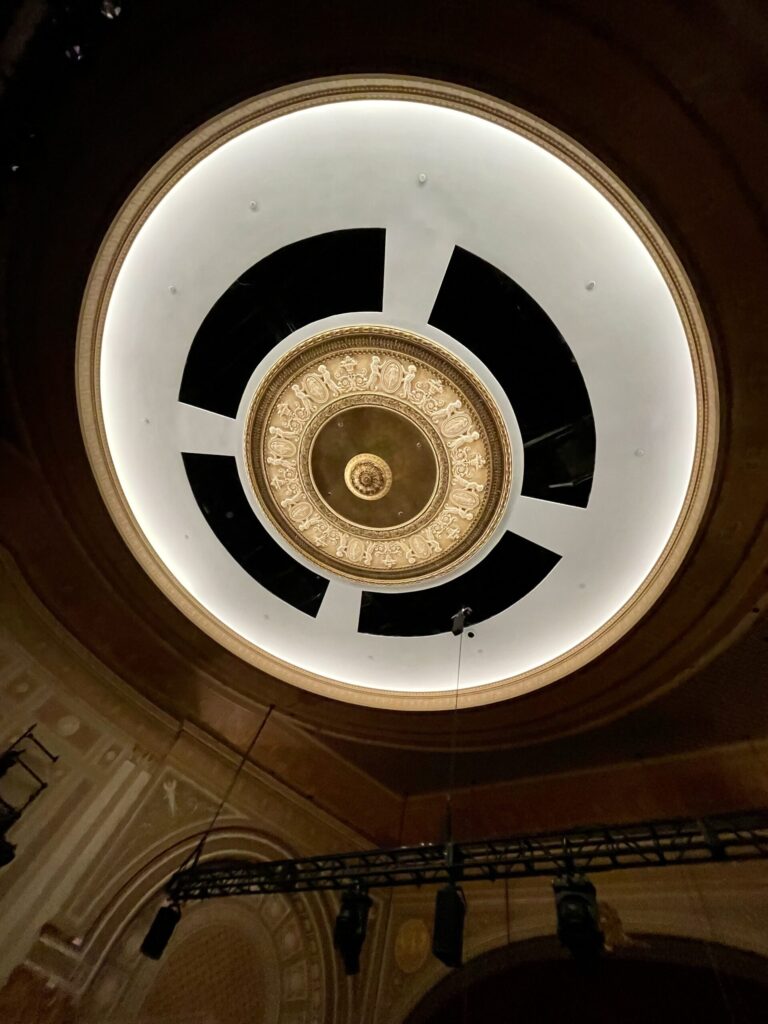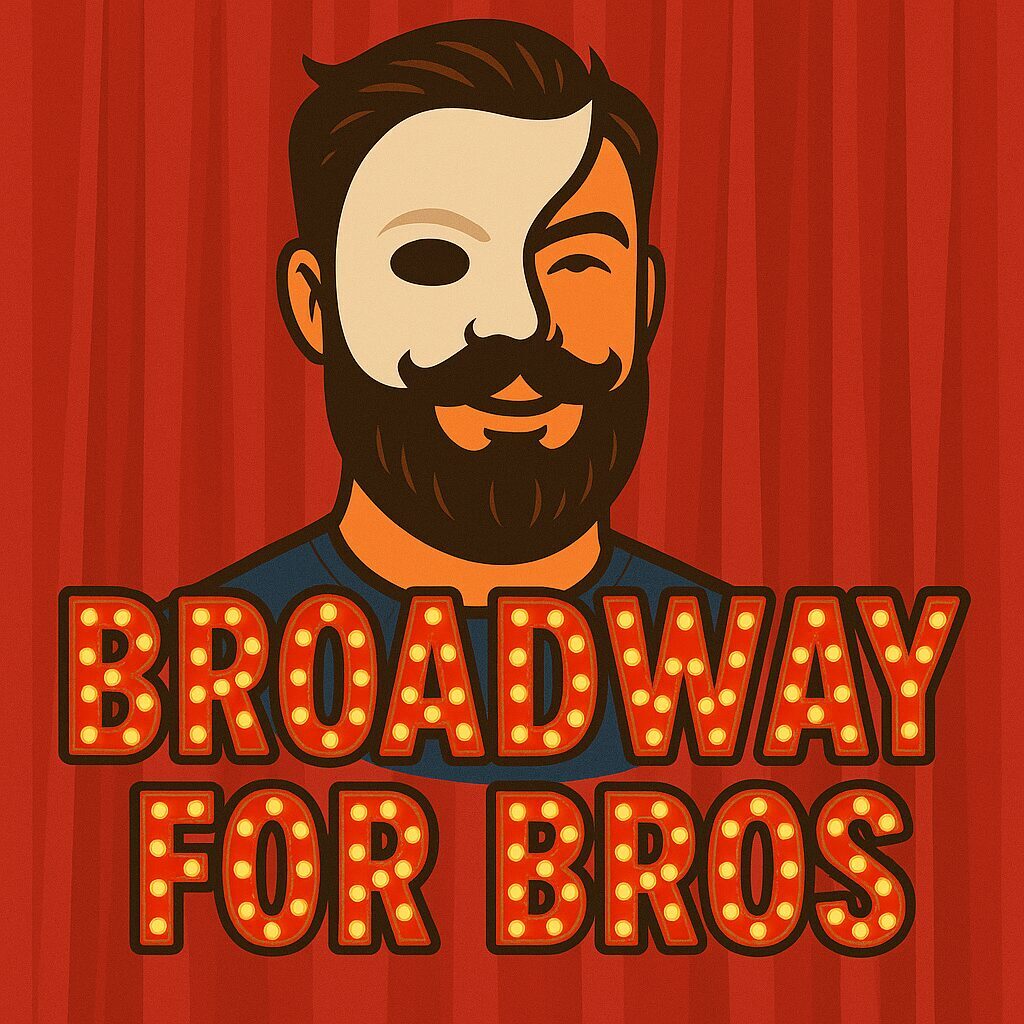The Manhattan Theatre Club (MTC) is one of New York City’s most respected institutions for dramatic arts, known for its commitment to developing new plays and nurturing playwrights while maintaining an impressive presence both Off-Broadway and on Broadway. Its journey from a small nonprofit organization to a nationally recognized theatre company mirrors the evolution of modern American theatre itself.
History and Evolution
The Manhattan Theatre Club was founded in 1970 and began its life in a modest three-story space on East 73rd Street. It was one of many Off-Off-Broadway groups that sprang up in New York during that era, but it soon distinguished itself through its focus on contemporary playwrights and social themes. The hiring of Lynne Meadow as Artistic Director in 1972 proved pivotal. Meadow brought a bold artistic vision, and when Barry Grove joined as Executive Producer in 1975, the two formed a creative partnership that would guide the company for decades.

In 1984, MTC relocated to New York City Center at 131 West 55th Street, establishing two Off-Broadway stages: Stage I, which seats about 300, and Stage II, which seats about 150. These spaces allowed the company to reach larger audiences while maintaining the intimacy and experimental spirit that defined its earlier years. The move also placed MTC in the heart of midtown Manhattan, close to many of the city’s other major performing arts institutions.
Over the years, MTC built a reputation for developing and premiering some of the most influential plays in contemporary theatre. Works by playwrights such as Terrence McNally, Lynn Nottage, Donald Margulies, and Richard Greenberg have premiered under its banner. MTC has received numerous Tony Awards and Pulitzer Prizes for Drama, reinforcing its position as one of the most important nonprofit theatres in the United States.
In 2001, MTC expanded once again by acquiring and restoring the historic Biltmore Theatre on West 47th Street. The building, which had fallen into disrepair after decades of neglect, was meticulously renovated and reopened in 2003. In 2008, it was renamed the Samuel J. Friedman Theatre in honor of the longtime Broadway publicist. The acquisition gave MTC a permanent Broadway home while maintaining its dual identity as both a producing organization and a developer of new work.
Getting There
The Manhattan Theatre Club operates two main locations: the Samuel J. Friedman Theatre and its Off-Broadway stages at New York City Center.
The Samuel J. Friedman Theatre is located at 261 West 47th Street, between Eighth Avenue and Broadway, in the heart of the Theatre District. It is easily accessible by subway: take the 1, 2, 3, A, C, E, N, Q, R, or W trains to Times Square–42nd Street and walk north to 47th Street. Bus lines M7, M20, and M104 also stop nearby. Because parking in the area is limited, public transportation or ride-share services are recommended.
The City Center Stages (Stage I and Stage II) are located at 131 West 55th Street, between Sixth and Seventh Avenues. The closest subways are the B, D, and E trains to 7th Avenue or 5th Avenue–53rd Street, and the N, Q, R, or W trains to 57th Street. These venues are a short walk from Central Park South, making them easy to reach from most parts of Manhattan.

Interior and Aesthetic
The Samuel J. Friedman Theatre is a restored 1925 Broadway house originally designed by architect Herbert J. Krapp for the Chanin brothers. The style reflects a mixture of neoclassical and Adam Revival influences, with elegant plasterwork, arches, and a domed ceiling. During the 2003 renovation, the seating capacity was reduced to around 600 to improve sightlines and create a more intimate environment. The auditorium’s warm cream and bronze tones, combined with soft lighting and intricate molding, evoke the elegance of the early twentieth century while maintaining a sense of modern comfort. The lobby was redesigned to include accessible restrooms, elevators, and spacious gathering areas, making it one of Broadway’s most welcoming houses. The theatre’s relatively small size gives audiences a closer connection to the performances, an intentional choice that aligns with MTC’s belief in the power of human-scale storytelling.
The Stage I and Stage II theatres at New York City Center present a more minimalist aesthetic. These venues were designed to provide flexibility and intimacy for Off-Broadway productions. Stage I seats about 300 and features a proscenium-style arrangement, while Stage II seats around 150 in a black box configuration that allows for creative staging. The walls are simple and unadorned, emphasizing the performers and the material rather than architectural ornamentation. The atmosphere is contemporary, understated, and conducive to experimentation. Because of their size and design, these spaces often host premieres of new works or productions that later move to larger theatres, including the Friedman.

A Lasting Legacy
What sets the Manhattan Theatre Club apart is its dual commitment to artistry and accessibility. It is one of only a few nonprofit theatre companies that operate both Off-Broadway and Broadway stages, allowing it to cultivate new voices while also presenting fully realized productions to larger audiences. Its educational and outreach programs extend this mission, engaging students, teachers, and underserved communities in theatre-making and discussion.
MTC’s two venues reflect its history and purpose. The Friedman Theatre embodies the institution’s maturity and its embrace of the Broadway tradition, while the City Center stages represent its continued dedication to discovery and innovation. Together, they form a bridge between the past and future of American theatre.
To attend a performance at either location is to experience a vital piece of New York’s cultural landscape. From its humble beginnings on East 73rd Street to its current status as a Broadway powerhouse, the Manhattan Theatre Club continues to remind audiences that theatre can be both intimate and ambitious, timeless and contemporary, personal and profound.
